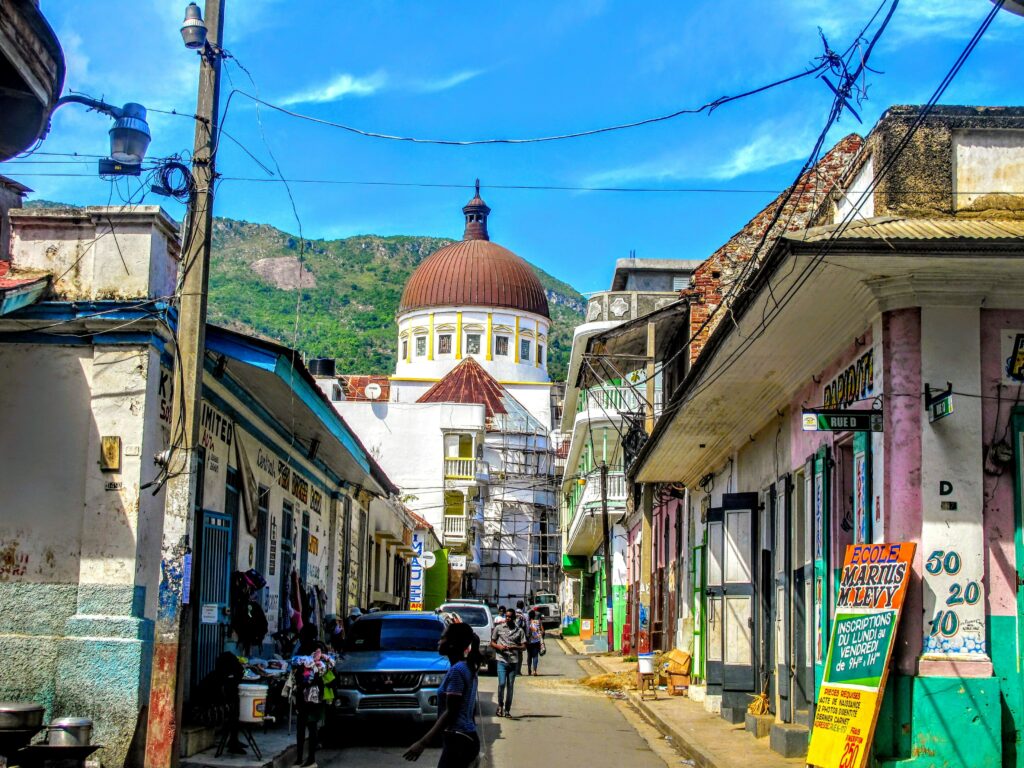A striking example of how different economic and political philosophies influence climate adaptation is seen with the paths taken by the Dominican Republic and Haiti. Although there are some geographic differences, the two countries share the same island, Hispaniola. As recently as 60 years ago, the countries’ gross domestic product (GDP) per capita were roughly the same.

Policies have since changed that. The Dominican Republic ranks in the “Moderately Free” category of the 2022 Index of Economic Freedom and had a gross domestic product per capita of $7,268 (in 2020).1 Haiti ranks in the “Mostly Unfree” category and is teetering on slipping into “Repressed.”2 Out of 177 countries ranked, Haiti is 145 and has a GDP per capita of $1,272 (in 2020).3 Regrettably, Haitians have lost more lives to natural disasters than Dominicans, and suffer economically and environmentally. In 2016 Madison Park of CNN reported: “In 2004, Hurricane Jeanne made landfall at the eastern tip of the Dominican Republic. The flooding from Jeanne killed an estimated 3,000 people in Haiti, according to a report from the National Hurricane Center. Meanwhile, only 19 deaths were reported in the Dominican Republic.”4 Park also reports that an earthquake in 2010 impacted the entire island but no one outside of Haiti died.5
Haiti lacks the resources to build more resilient infrastructure, to prepare for natural disasters, or to respond to them. Poor environmental policies, including rapid and widespread deforestation, exacerbated Haiti’s environmental challenges and made its people more susceptible to flooding and soil erosion.5 The legacy of environmental mismanagement dates back to the French colonization of Haiti where deforestation cleared the way for plantations.6 Even so, the lack of economic freedom has undoubtedly contributed to Haiti’s continuing economic plight, poor environmental record, and inability to adapt to climate change. Haiti ranks 173 out of 180 countries on Yale’s Environmental Performance Index and 168 out of 182 in Notre Dame Global Adaptation Initiative’s Country Index.7
- The World Bank, GDP per Capita – Dominican Republic, https://data.worldbank.org/indicator/NY.GDP.PCAP.CD?locations=DO[↩]
- The Heritage Foundation, 2022 Index of Economic Freedom, https://www.heritage.org/index/ranking[↩]
- The World Bank, GDP per Capita – Haiti, https://data.worldbank.org/indicator/NY.GDP.PCAP.CD?locations=HT[↩]
- Madison Park, “Disaster divided: Two countries, one island, life-and-death differences,” CNN, October 11, 2016, https://www.cnn.com/2016/10/11/americas/haiti-dominican-republic-visual-explainer/index.html[↩]
- Ibid.[↩][↩]
- Emmanuela Douyon and Alyssa Sepinwall, “Earthquakes and storms are natural, but Haiti’s disasters are man-made, too,” The Washington Post, August 20, 2021, https://www.washingtonpost.com/outlook/2021/08/20/earthquakes-storms-are-natural-haitis-disasters-are-man-made-too[↩]
- Environmental Performance Index, “Results Overview,” Yale University, https://epi.yale.edu/epi-results/2020/component/epi[↩]
